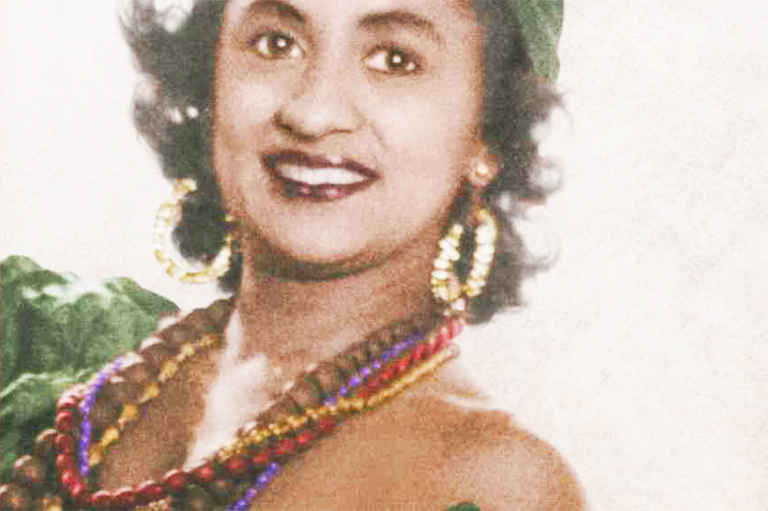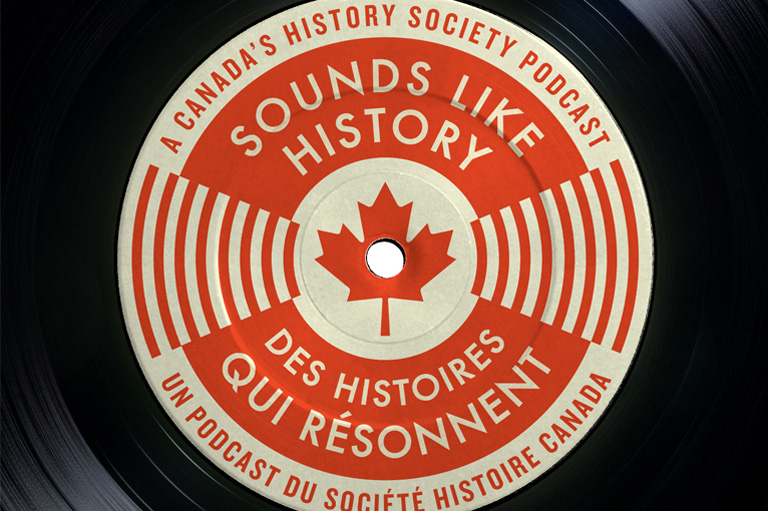Prairie Jazz
The crowd that shivered its way into the warmth of Saskatoon’s glamorous 1,200-seat Empire Theatre on March 11, 1918, was no doubt expecting the usual mix of music and comedy that was typical of a Monday-night vaudeville show in their town’s stately auditorium.
As the neatly dressed couples and families settled in front of the stage’s towering proscenium arch, they peered through the haze of cigarette and cigar smoke to the private boxes in search of local celebrities.
The real stars wouldn’t come out until 8 p.m. and the patrons’ impatience grew more audible as curtain time approached. Certainly, none of them realized how memorable their evening was to become.
With 7 uniquely curated newsletters to choose from, we have something for everyone.
Typically, the touring vaudeville shows that came to Saskatoon, Winnipeg and Calgary consisted of a dozen acts assembled in New York and sent across the continent for runs that lasted a few months. In recent times, the Empire Theatre — one of many stops on the Prairies’ “breadbasket circuit” — had presented the singing Marx Brothers, dramatist Sarah Bernhardt and musical comedian Sophie Tucker, along with dozens of acrobats, jugglers and dancing animals.
But this night, the featured act was Minnie Burke, the self-styled “Skyrocket of Vaudeville.” She had been lighting up stages large and small from New York to San Diego for a number of years with an entertaining mix of comedy, dancing and popular music by the likes of Irving Berlin.
For almost two hours, the Saskatoon crowd applauded its way through the show until a trio of roller-skating contortionists finally made way for the diminutive star’s Saskatchewan debut. But instead of her usual tinkling piano accompaniment, Minnie presented a hot new style of music from the US of A — jazz!
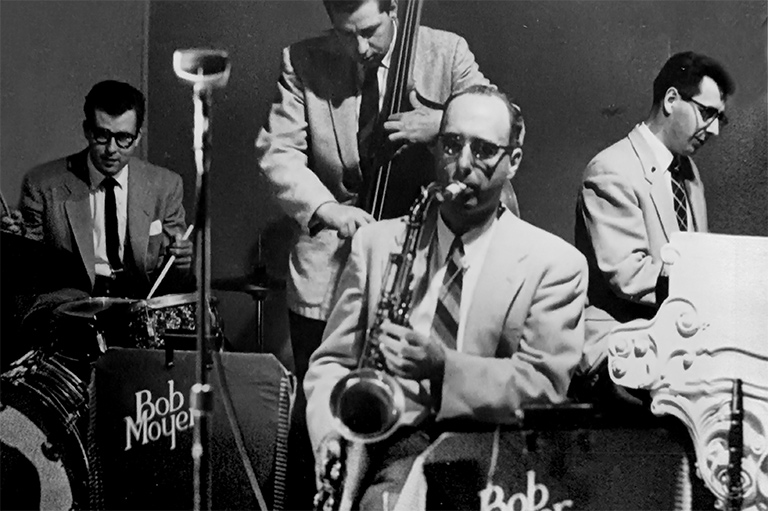
“A melodious racket” was the disapproving observation of one local newspaper critic who was unfamiliar with jazz’s trademark syncopation, the bending of traditional metrical accents. To his and the audience’s amazement, Minnie danced across the stage as her musicians (the Four Kings of Jazzcopation) graced it with a cacophony of horns, drums and piano, supplemented by stew kettles and frying pans.
Caught up by the lively rhythm, the American players twitched their shoulders and rolled their hips in time to the music. The Empire, a venue for opera, theatre (both amateur and professional), popular musicals and dancing horses, had never seen anything like it. No doubt it was the group’s only appearance at the theatre.
A reporter at the Regina Daily Post suggested that jazz gave musicians “an opportunity of performing all kinds of weird gymnastic stunts.” A month later, the Tacoma Times in Washington reported, “They make more noise than all the other artists on the program.”
Jazz music had arrived on the Prairies whether audiences were ready or not. And today, though the golden age of jazz has given way to rock, pop, hip-hop and the ever-popular country music, homegrown Prairie bands work hard to keep the tradition alive.
Advertisement
In American cities, jazz evolved a dozen different ways, but Saskatchewan audiences made it clear early on that they just wanted to dance. While Prairie vaudeville houses soon made room for motion pictures, jazz music drifted off the stage and into dance halls, where couples could move to it with their feet. As dance floors got more crowded, small orchestras grew into big bands that could be better heard above the noise in the cavernous venues they played.
Bands such as Regina’s Merry Melody Men and Saskatoon’s Art Harmony Six battled it out in the 1920s and ’30s for local dominance, while Prairie impresarios created dance halls and pavilions with room to move. On the shores of Last Mountain Lake, the Regina Beach Hotel’s Terrace dance hall attracted hundreds of weekend patrons, who squeezed into excursion trains from Regina, 50 kilometres away.
The art deco-style Trianon, built around the corner from Regina’s city hall in 1929, featured full-length mirrors around its cushioned oak dance floor and Hollywood-style spotlights outside. Manitou Beach’s Danceland — opened in 1928 and still operating today — had an arena-sized maple dance floor cushioned by 25 centimetres of horsehair for added spring. Moose Jaw had the Temple Gardens dance hall, built in 1921, to serve the musical offerings of its owners, pianist Trudy Temple and her husband, Cal.
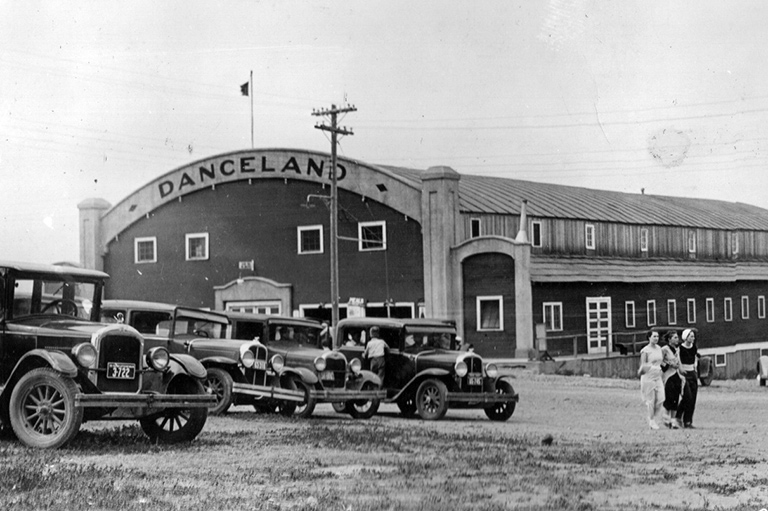
While big-name American acts did “Canadian time” with tours through clubs from Montreal to Vancouver, it was the homegrown jazz musicians who kept the Saskatchewan dance halls hopping long after the likes of Guy Lombardo, Duke Ellington and Glenn Miller had moved on down the train track.
One such bandleader was Bob Moyer, a mechanical engineer who made his professional debut in 1948 as tenor saxophonist with Herbie Spanier and his Boptet — complete with beret and floppy plaid bow tie. Parttime gigs that year with the group at Regina’s Saskatchewan Hotel, the Trianon and even a senior citizens’ residence didn’t convince him to give up his day job, so he launched his own ensemble — the Hobby Band — consisting of musicians from various Regina groups. As their name implied, members weren’t playing full time but rehearsed and performed for the love of music. Job demands kept the band mostly local, which, in turn, earned it a loyal following around the province for decades.
Robert Lloyd Moyer was born in 1924 in Craik, Sask., a rail stop between Regina and Saskatoon, where his father was a station agent and the founder of the town band. Moyer paid his way through the University of Saskatchewan in the early ’40s by playing piano and saxophone on weekends, using his family train pass to travel free of charge to gigs from Regina to Saskatoon.
Over time, the Hobby Band evolved into the Bob Moyer Big Band, which attracted eager young recruits from local high schools as well as concert and dance fans. Its Saskatchewan roots also put it at the forefront of official ceremonies that needed a musical component. In 1965, the group was made Saskatchewan’s official jubilee band for the province’s 60th anniversary, and the band later represented the province with a concert at Expo 67 in Montreal; that same year, they performed for 20,000 people at the inauguration of Lake Diefenbaker, a 225-kilometre-long reservoir on the South Saskatchewan River, 100 kilometres south of Saskatoon, that was created in part by the construction of the Gardiner Dam. (Moyer spent a decade working as an engineer on the project during his career at the Prairie Farm Rehabilitation Administration.) Band members, local players and jazz musicians passing through town regularly gathered at Moyer’s Regina home for late-night jazz sessions.
Save as much as 40% off the cover price! 4 issues per year as low as $29.95. Available in print and digital. Tariff-exempt!
In 1960, Moyer met a 24-year-old amateur singer and trained secretary named Pat Steel while playing in a Regina club. Shortly after Steel’s audition, the band had a sultry-voiced lead vocalist who also knew how to manage the books; 14 years later, Steel and Moyer married, cementing a relationship that made them jazz royalty in their home province. But Steel was already an integral part of the band long before they decided to tie the knot. “From the musicians’ standpoint, Pat was doing the background work with Bob,” says Brent Ghiglione, who joined the group in 1979.
The Bob Moyer Big Band and its various smaller ensembles ruled Saskatchewan’s jazz clubs, concert halls and dance floors until its leader’s death in 2005. The band regularly backed the shows of visiting celebrities, including Bob Hope, Rich Little, Rosemary Clooney and Bob Newhart. And it became a staple of the annual SaskTel Saskatchewan Jazz Festival that launched in 1987 and still presents 10 days of music every summer in Saskatoon.
Moyer died of cancer at age 81, leaving a musical legacy that nurtured generations of musicians and thousands of toe-tapping fans. Many of the people he played with got together soon after his death to celebrate Moyer at a farewell jazz session at the Hotel Saskatchewan. Steel retired in 2013 and died on New Year’s Day in 2023.
Today, the Bob Moyer Big Band continues to perform for audiences under the direction of Ghiglione, an associate professor of music at the University of Regina, who fondly recalls his introduction to the jazz musician’s life. “I was just 18, and Bob gave me a chance of a lifetime to hit the high notes,” he says. “Bob and Pat were mentors, teachers, managers and overall kind, gentle guides to all of us young musicians.”
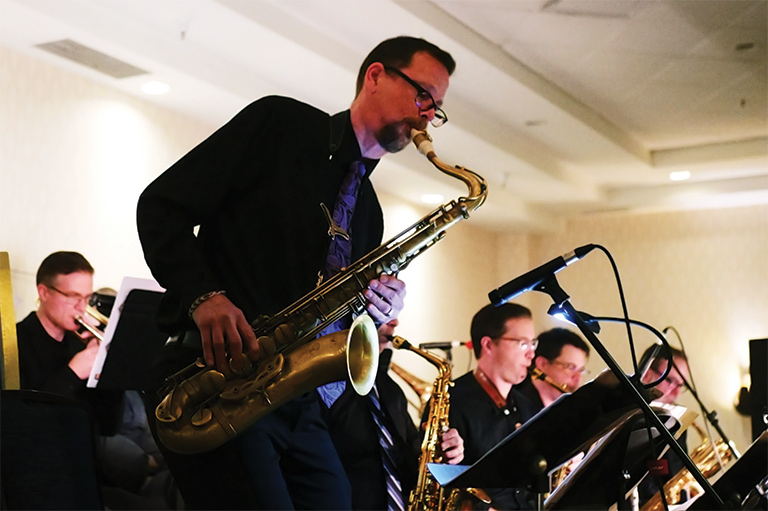
We hope you’ll help us continue to share fascinating stories about Canada’s past by making a donation to Canada’s History Society today.
We highlight our nation’s diverse past by telling stories that illuminate the people, places, and events that unite us as Canadians, and by making those stories accessible to everyone through our free online content.
We are a registered charity that depends on contributions from readers like you to share inspiring and informative stories with students and citizens of all ages — award-winning stories written by Canada’s top historians, authors, journalists, and history enthusiasts.
Any amount helps, or better yet, start a monthly donation today. Your support makes all the difference. Thank you!
Themes associated with this article
Advertisement


